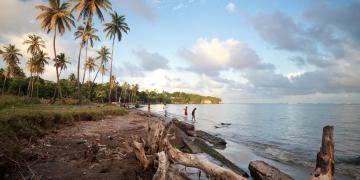Design of participatory steps for village engagement
Capacity building of local stakeholders
Documenting strategies and success evaluation
Creation of awareness raising and policy influencing tools
Facilitation of livelihood and economic diversification
